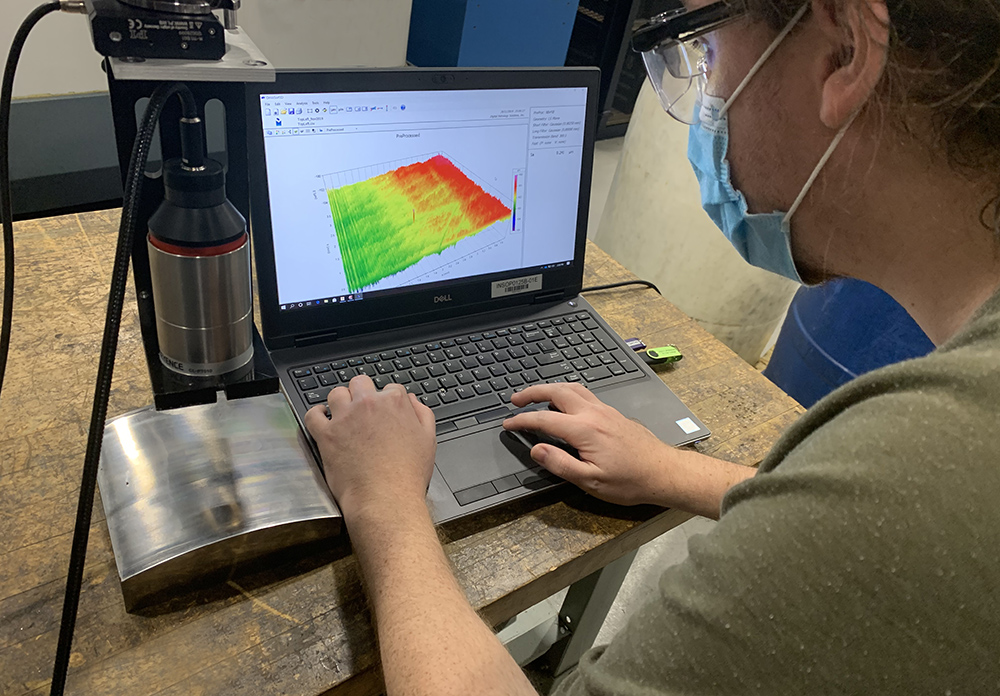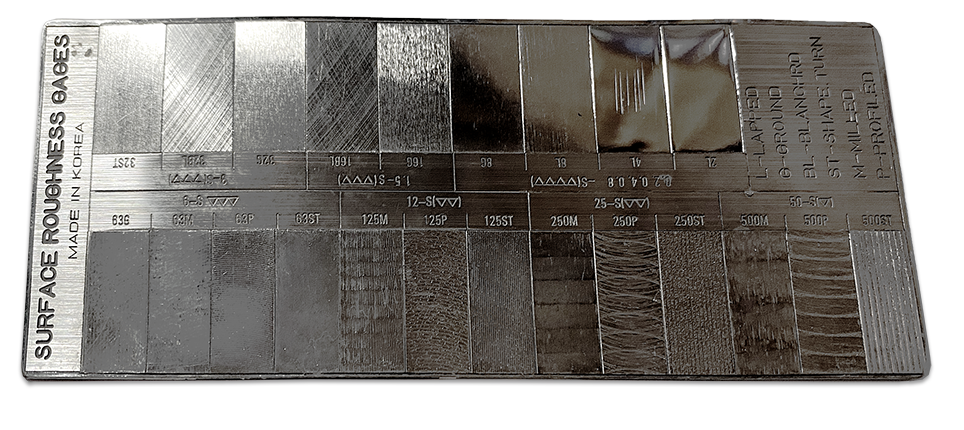If you’re reading this article then you likely know that controlling surface texture is critical to component performance. Yet, the vast majority of students entering machining and design occupations have only received a slight introduction to surface texture. Rarely are they introduced to more advanced measurement equipment or analysis software until they are on the job.
Introducing surface texture into the curriculum
One person who is trying to do something about this is Daniele DeFranceschi, a professor in the School of Engineering at St. Clair College in Windsor, Canada. DeFranceschi splits his time between industrial research projects and teaching students on career paths into machining, mechanical engineering design, and CAD/CAM.

DeFranceschi has been working to bring his knowledge of surface texture from his research into the classroom. The students in his programs get their first exposure to surface texture as they begin to learn about machining in their first semesters. “When students are able to machine the components themselves they understand that the finish is critical,” said DeFranceschi. “We keep the information pretty high-level with undergrads. They learn the basics, understanding how a line trace comes to be a number.”
From fingernail comparisons to software-based measurement
The students’ introduction to surface measurement begins with learning to differentiate surfaces using tactile comparators, such as the one below.

A tactile surface comparator.
DeFranceschi says this is not far from the way many manufacturers in the Windsor area still approach surface finish. Windsor is one of largest tool and die hubs in the world. He said that a frequent sight in these shops is a “hand man,” an inspector who has the most “calibrated” touch for making texture comparisons. Based on the hand man’s measurements a surface may pass inspection, or it may be polished with sandpaper and diamond paste until an acceptable finish is achieved.
DeFranceschi, however, has a background in surface finish analysis from his previous work. He wants to introduce his students to surface texture measurement concepts so that they enter the work force with a more developed understanding of texture and how it can be used to control processes. “It’s time for us to graduate from the visual [inspection] era to data and data management,” collecting data over time to learn more about processes, tool life, etc. “I believe everything can be done on the machine with a certain level of precision. If we develop a recipe and follow it every time, we will be good to go.”
Visualizing surfaces makes texture understandable
One of the challenges is bridging the gap from the introductory level to more advanced concepts. 3D surface texture measurement, for example, has recently been introduced to the school’s suite of measurement equipment.
On the analysis side, Digital Metrology’s OmniSurf and OmniSurf3D software are helping students visualize and explore surfaces. Most metrology software is geared toward acquiring and analyzing industrial measurements. OmniSurf products, however, are designed to also guide non-expert users to explore and understand texture. “OmniSurf is very simple, very easy to use and gives incredibly detailed results,” said DeFranceschi. “First and second year students can grasp it easily. They can see several surfaces and can say, “These are all good, these are bad. And, they can say how good or bad.”
Additionally, being able to visualize surface texture over time makes it possible for them to learn things they would not otherwise be able to grasp in class, such as tool wear. “They notice a difference—after 30-60 minutes of [tool] running time the surface may be twice as rough.”

OmniSurf provides students with a highly visual way to explore surface texture.
DeFranceschi involves 3–4 students in his research each semester to give them exposure to real world environments. The students are engaged in helping to understand machining challenges. “Every mold shop is trying to get better and better finishes off of the machine,” he said. The students are actively engaged in determining new ways to improve processes.
For DeFranceschi the best part of the project is the training the students receive. The students not only become familiar with the nature, and importance, of surface finish, they also become familiar with local companies and how they produce. He says because of this exposure, “They already know the engineers and machinists. They do presentations at the companies. They’re treated like employees.”
We are proud to know that our OmniSurf and OmniSurf3D software products are helping to educate the next generation of machinists and designers in how to measure, understand and control surface texture.
Learn more about OmniSurf and OmniSurf3D and all of our software products on the Digital Metrology Solutions page.
